Distillerie Bonne Mère Lands a Leading Role in Rhum
As a full-time rum writer, I’m eager to break interesting stories and perhaps debunk a myth or two. However, I’ve held off on writing one story for the past eight months while waiting for the right moment to tell the tale for maximum effectiveness; that moment has arrived.
In March 2024, I visited Distillerie Bonne Mère in Guadeloupe. While the department of Guadeloupe and Marie Galante is known for distilleries like Damoiseau, Longueteau, and Père Labat, I’m confident that most people reading this haven’t heard of Distillerie Bonne Mère, despite being the largest distillery in the department, and likely one of France’s three largest rum distilleries. However, Bonne Mère toiled in near anonymity for decades.
So, why did I wait to write about it? I’ve been waiting to tell the distillery’s important story until it unveiled its premium rum brand made from molasses, not cane juice. The new brand is called Rhum DBM, and it’s a big deal from my perspective.
Why This Matters
Among enthusiasts, French rum is essentially synonymous with cane juice rhum agricole. However, around 2/3rds of what France’s rum makers distill starts with molasses. But search the shelves of non-French spirit retailers, and you’ll find very few French molasses rums going head-to-head with rhum agricole stalwarts like Rhum J.M, Trois Rivières, and Saint-James. What you will find is brands like Negrita and Old Nick, budget-oriented molasses rum blends from the French Caribbean and Reunion. Such rums are not what enthusiasts seek out.
However, some exceptional French molasses rums exist—I’ve tasted quite a few. I might believe you if you told me they were column distilled in places like Antigua, St. Lucia, or Trinidad. It’s a shame these rums aren’t widely available outside of France.
I’m not alone in my belief that molasses rhum traditionnel should get more attention. Hervé Damoiseau, who operates Guadeloupe’s largest cane juice distillery (Damoiseau), said the following in a 2022 interview that’s well worth reading:
The two distilleries that produce these molasses rums – SIS Bonne Mère and Grande Anse – both belong to the Bardinet – La Martiniquaise group, and it seems that until now, producing traditional “premium” rums is not part of the group’s development strategy in the archipelago. Historically, they mainly produce low-cost rums in Guadeloupe. What for? This is a question that should be asked them directly, because in my opinion there is a great card to play by premiumizing this category!
With Rhum DBM, La Martiniquaise is playing that card. The first three readily available expressions are VO, VSOP, and X0, and the distillery’s tour page suggests that even more goodies are available at the visitor’s center.
As a brief aside, both molasses and cane juice rhum traditionnel have the same requirements for volatile flavor compounds: 225 gr/hlAA for unaged rum and 325 gr/hlAA for aged rum. Likewise, Guadeloupe and Reunion’s rum geographical indications cover both molasses and cane juice rums. Technically, the rhum traditionnel designation covers both molasses and cane juice, but only cane juice rums can be called rhum agricole. Page 216 of Modern Caribbean Rum explains this in more detail.
Distillerie Bonne Mère – An Inside Look
Bonne Mère is around 5km from Basse-Terre’s northern coast. (You can find it labeled SIS Bonne Mère on my Guadeloupe Rum Distillery map.) When we arrived at the distillery this past March, it was preparing for public tours. The access road was freshly paved and tourist-friendly signage had been installed. We were greeted by Julien Picot, the distillery’s managing director, who shared far more about the distillery than you might learn from a public tour over the course of our three-hour visit.
Bonne Mère’s rum distillation dates to 1863, although as typical in that era, the rum making was just part of a larger sugar factory. Circa 1974, Bonne Mère stopped processing sugar cane but continued distilling.
Other sugar factories/distilleries in Guadeloupe at the time included Darboussier and Gardel. I mention them because of their connection to Bonne Mère. The Darboussier factory closed in 1980, but the Darboussier brand sources rum from Bonne Mère. The Gardel factory stopped distilling circa 1973 but still processes sugarcane. Gardel’s molasses now goes to Bonne Mère which uses it to make rum and industrial alcohol.
Bonne Mère distills 24 hours per day, six days a week between February and July; Sunday is a day of rest. Over the course of a season, it distills around 6.5 million liters of alcohol (LAA,) around four times what Mount Gay makes and around three times what Saint-James makes.
Production Details
A narrow stream separates Bonne Mère’s molasses storage and fermentation area from the distillery core. Here, the molasses mash enters eight enormous fermentation tanks, each 140,000 liters (37,000 gallons.) Fermentation lasts for 24 hours and is temperature-controlled. The resulting wash is typically around 5.4% ABV.
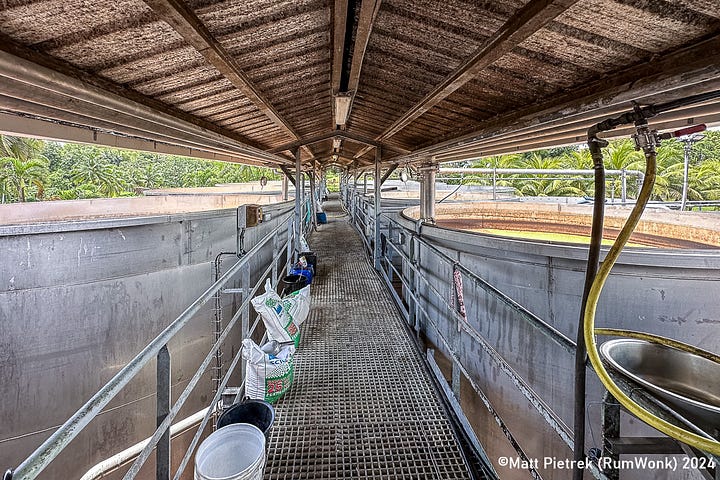
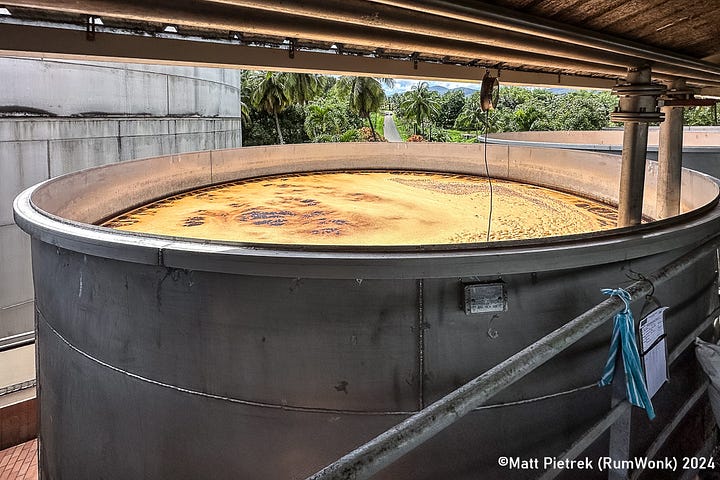
Bonne Mère uses a two-column configuration when distilling rum: a 22-plate stripping column and a rectifier column configured with between 15 and 20 plates as needed. Thirty thousand liters of wash enter the column each hour, and 2,000 liters of distillate at 80% ABV emerge.
Bonne Mère ages a portion of its rum onsite, using around 10,000 casks. Most are ex-bourbon, while others are French oak. The oldest rum found here is currently around 25 years in wood. There are also many oak vats between 50,000 and 60,000 liters: four 80-year-old vats from the old Domaine de Courcelles distillery (closed in 1964) and eight very old vats from the Darboussier distillery. They are used for maturing élevé sous bois and brun (“amber”) rum.
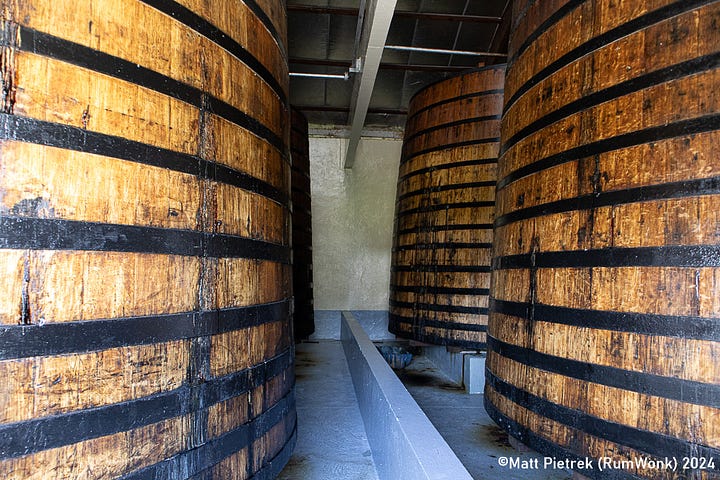

After recent waste processing upgrades, Bonne Mère is very eco-conscious. According to Julien, Bonne Mère was among the first distilleries in the world to use a digester to process distillery waste. Recent digester upgrades enable creating sufficient biogas to power all the distillery’s energy needs. The other output after digesting is effectively vinasse “syrup” that’s transported elsewhere for use as fertilizer.
Echoes of the Past
Before wrapping up with some rum tasting in Julien’s office, we briefly detoured to a field near the aging warehouses to marvel at a substantial collection of retired distillation equipment slowly oxidizing in the Caribbean heat. Such “resting homes” are common in most French sugar mills and distilleries I’ve visited. Old equipment isn’t banished to parts unknown. Rather, it sticks around to watch over its replacement. It’s wonderful to peer inside old column stills and see their bubble caps and plates up close. I paid particular attention to a strikingly rectangular column still standing alone in a patch of grass. While not quite the monolith from the 2001: A Spacy Odyssey movie, I did have a sense of awe about it.
Since my visit, much of that equipment has been reassembled and collected together to function as a museum of the distillery’s former distillation equipment.

While I’m fortunate to have a bottle of some of Bonne Mère’s older rum, I’m eager to try their recently released VO, VSOP, and XO expressions. For more information about the distillery, check out its web page (https://distilleriebonnemere.com/en) and Instagram account (https://www.instagram.com/rhum_dbm/)
Distillerie Bonne Mère in a Larger Context
Both Distillerie Bonne Mère and Rhum DBM are owned by La Martiniquaise, which itself is part of Compagnie Financière Européenne de Prises de Participation, aka COFEPP. COFEPP is France’s second-largest spirit company, behind Pernod-Ricard, and the country’s largest rum producer.
On Martinique, COFEPP owns the Saint-James and Depaz distilleries and certain aspects of the Le Galion sugar factory and distillery. On Guadeloupe, it owns Bonne Mère and two more distilleries: Sucrerie Rhumerie de Marie-Galante (molasses) and Bellevue Marie-Galante (cane juice.) On Réunion, COFEPP owns Rivière du Mât, which is likely France’s largest rum distillery.
Given COFEPP’s size and extensive international distribution, I have hope that Rhum DBM will make its way onto shelves outside of France.
Other French Molasses Rums to Look For
Within France and its overseas regions, you will find molasses rums like Darboussier, Pap and Fajou from Guadeloupe. From Reunion, look for Riviere du Mat, Savanna, and Isautier. A few independently bottled expressions have made their way to the US and Europe, but they’re expensive and in short supply.
To wrap this up, there are exceptional French rums that aren’t rhum agricole. And while rum enthusiasts are always looking for the next “new” thing, a new experience may be closer than they realize.








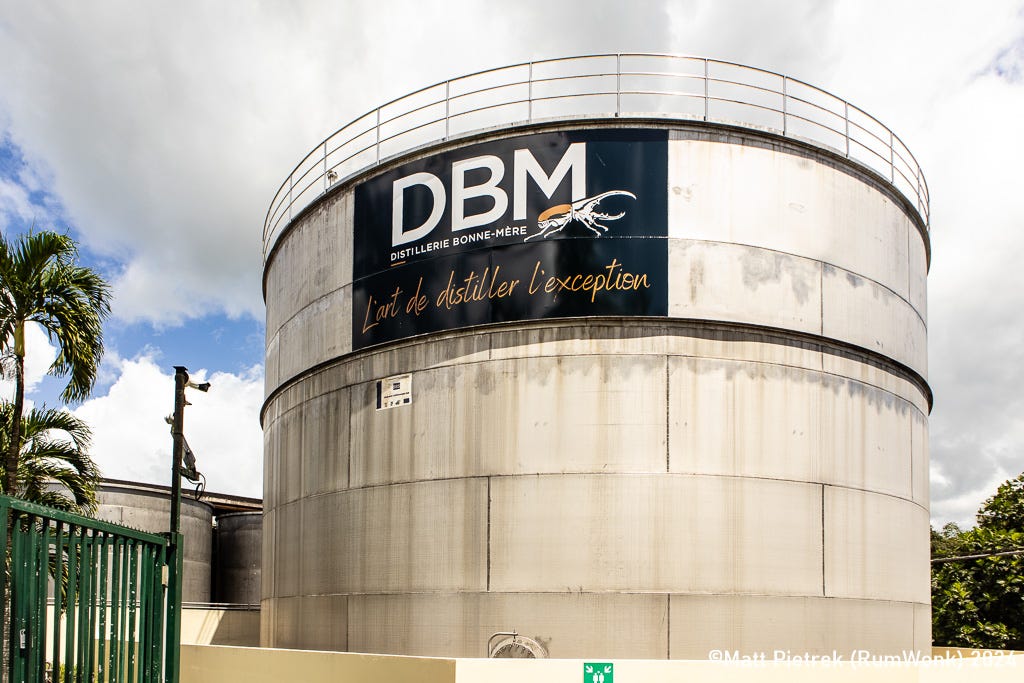

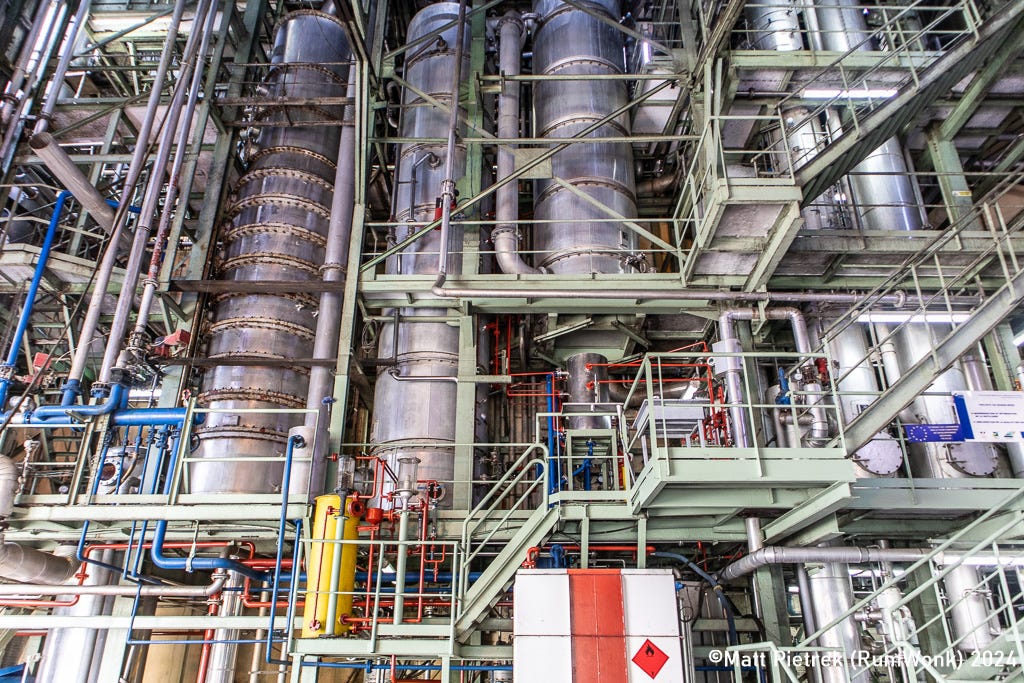
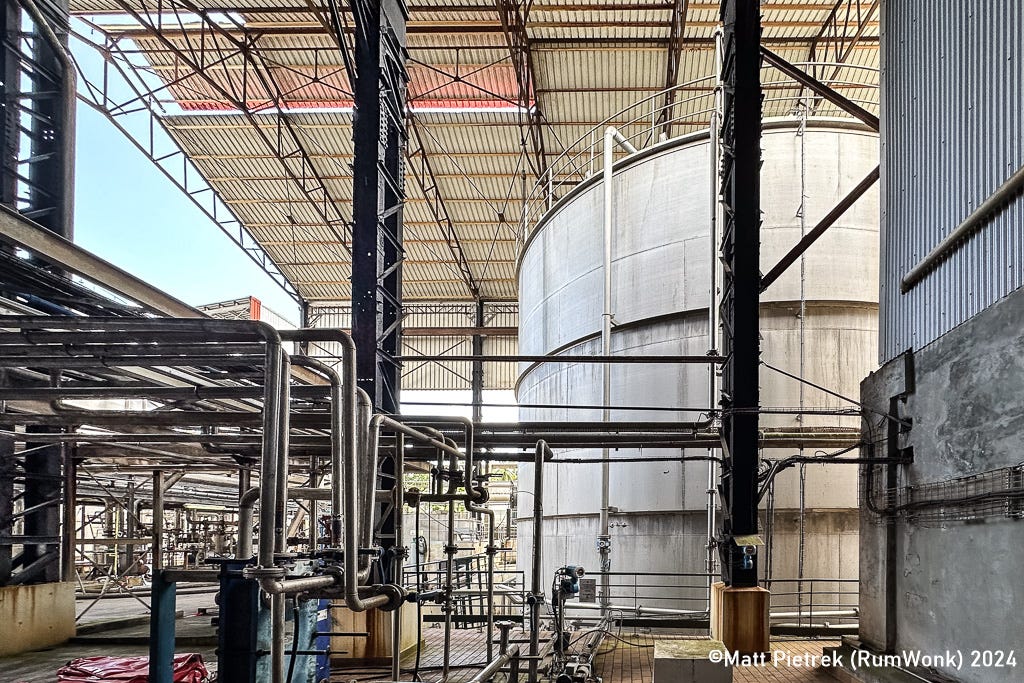
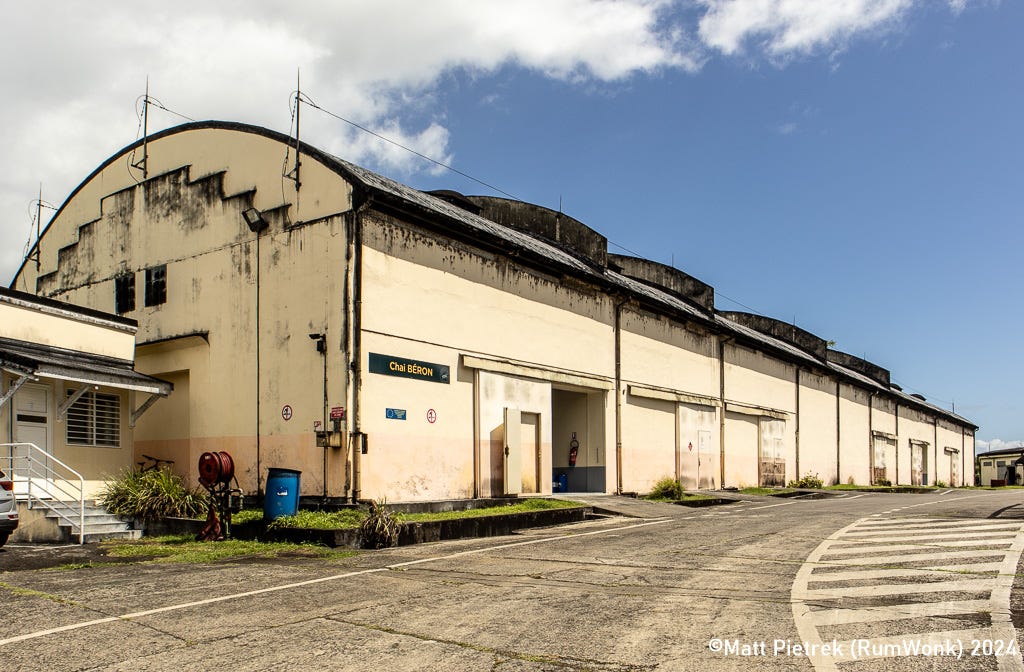

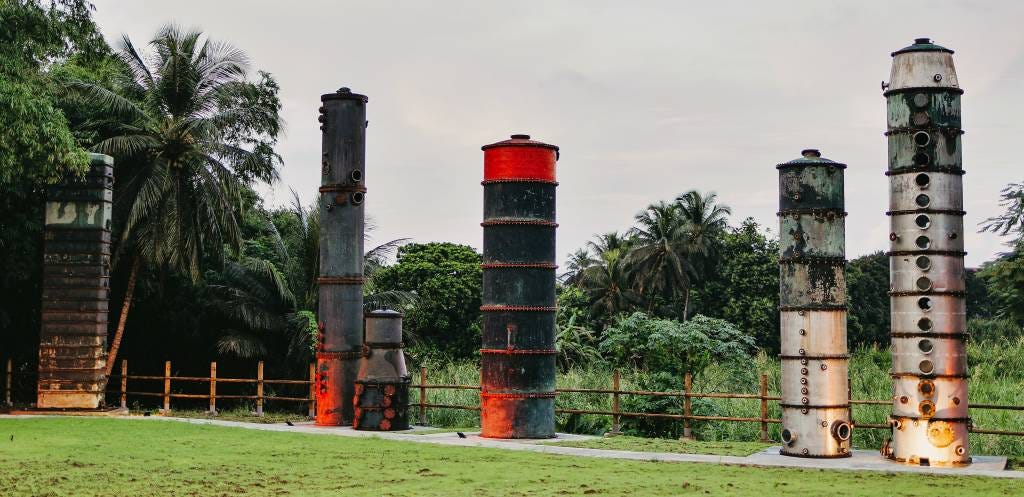
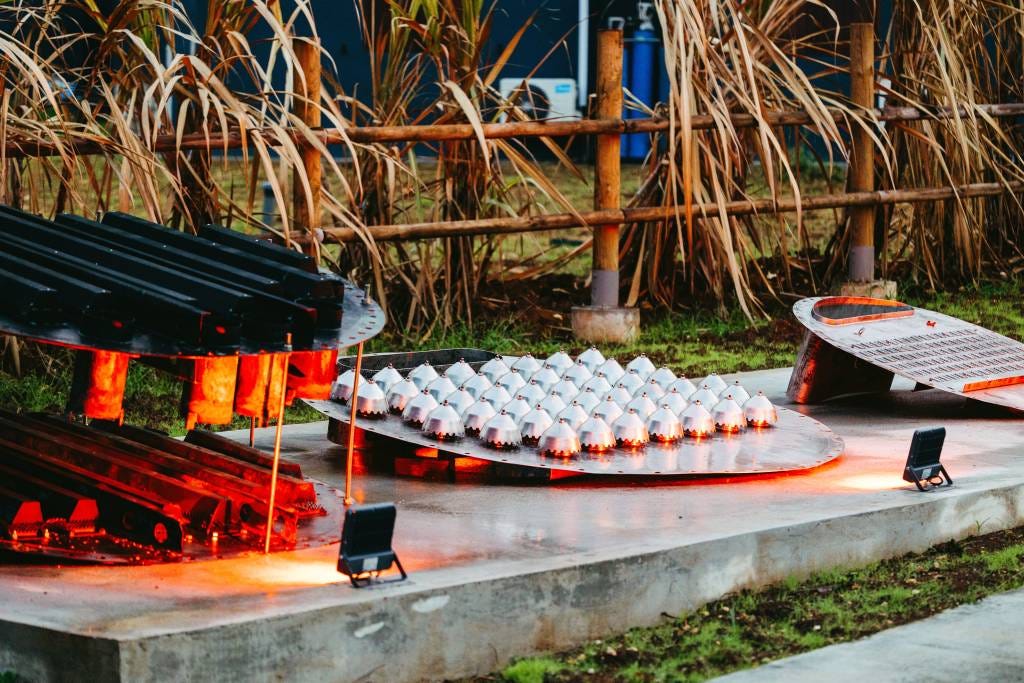



I need to get my hands on these
Thanks for the wonderful write up as always Mr Wonk 🙏🏻